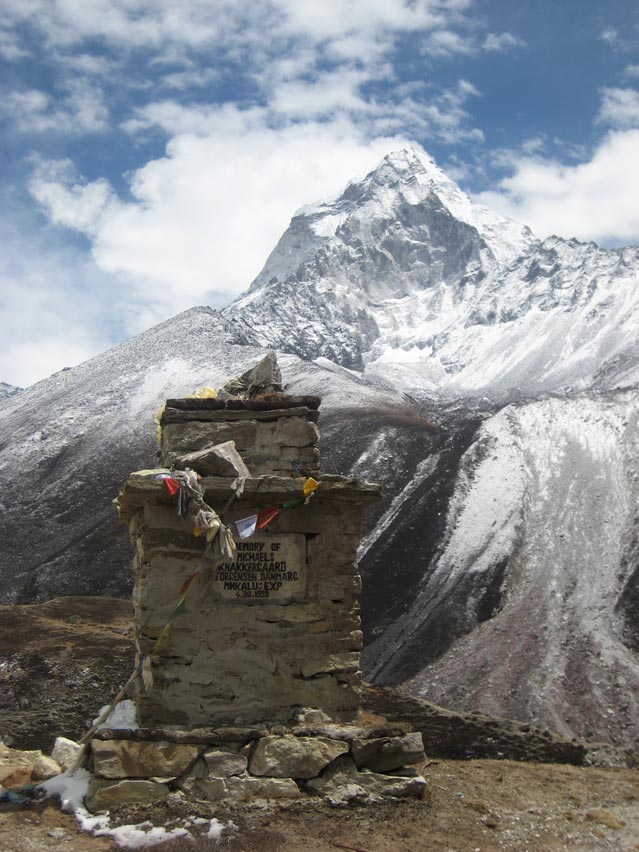If all the world’s a stage, then Mount Everest is La Scala, Covent Gardens, and the Metropolitan rolled into one. While plenty of mountain drama has played out on peaks around the world, the events that unfold on the world’s loftiest pinnacle never fail to capture the imagination and hold us transfixed. No surprise, really, since Everest has come to symbolize something more than mere mountain climbing. (Cue: Beethoven’s 5th.)
The mountain is a testament to human grit and tenacity, courage and determination—a crucible capable of exposing what is best in us, the kind of deep character we might not even know we possess.
Alternately, it is a grand proscenium that reveals all that is worst in us—the vanity and hubris; the decades of shameless, selfish trophy bagging. Everest, as it’s often pointed out, is a mirror on modern humanity, a once-sacred place desecrated by dimwits with enough dough to get short-hauled to the summit.
Both? Neither? Perhaps it’s just a “big, dumb hunk of rock,” as one Everest veteran put it, on to which we project our folly and foibles. That may say as much about the observers as the observed, but whatever the case and whatever your take, Everest has certainly been host to some notable events, both good and bad. What follows is our round-up of the top 10 tragedies (in subjective order), milestones that span two centuries of exploration, and six decades of successful summits. There were certainly plenty of incidents to choose from, and our list is far from exhaustive. But no apologies: Here’s our 10. Do they jibe with yours?
10. The North Col Avalanche
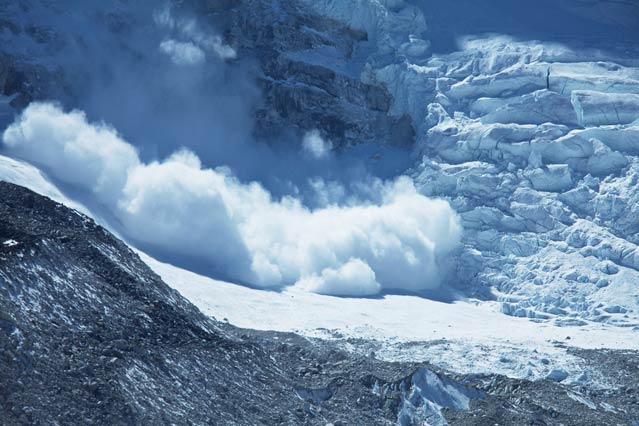
That climbing Everest was not to be taken lightly became clear from the very first British expedition, in 1922. On June 7, while George Mallory, two British teammates, and 14 Sherpas were plodding through waist-deep snow, approaching the North Col at 23,000 feet, they heard a loud report and the mountain started sliding over them. A massive avalanche swept away nine of the porters, flushing them into a crevasse a few hundred feet below. Remarkably, the survivors managed to find two of them alive; but the remaining seven were left on the mountain, where they died. Mallory blamed himself for the accident, and later wrote to his wife, Ruth, “There is no obligation I have so much wanted to honor as taking care of those men.”
9. A Train to the Mountain
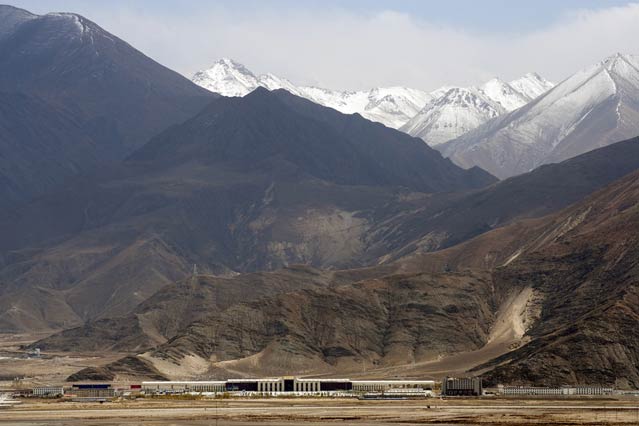
While arguably not a disaster in the conventional sense (and exactly the opposite if you ask the Chinese), Tibetans are particularly concerned that China’s railway, which currently connects Beijing and Lhasa, and is planned to extend to within a short drive of Everest, will only further exacerbate existing problems in the region.
The train has been controversial for spurring a flood of tourism and immigration of Han Chinese into the region. In 2007, the number of tourists visiting Everest’s north side (there is now a paved road all the way to 16,000 feet) reached 27,476, double the number from the year before. In 2010, the Chinese broke ground on the first extension to Tibet’s second-largest city, Shigatse, en route to the Himalayas. The rapid increase in the number of Chinese in the area has already sparked bloody protests in Lhasa and there have been arrests of activists at Base Camp as well. And while the Chinese tout the region’s great economic opportunities, Tibetan monks in neighboring India continue to protest the spiritual oppression, human-rights violations, and exile of their leader, the Dalai Lama, by setting themselves on fire in the streets.
8. The West Ridge Accident
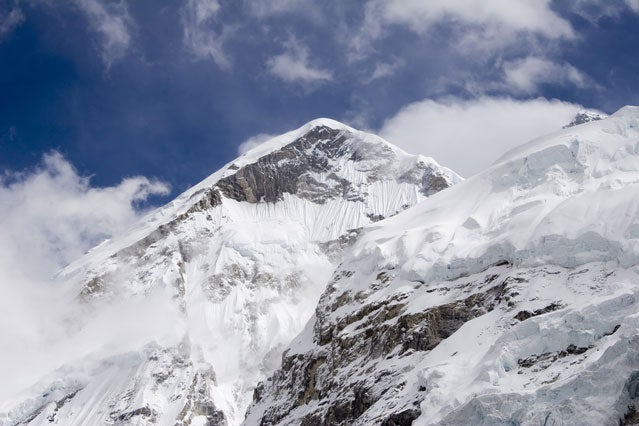
In 1974, an ambitious expedition led by Frenchman Gerard Devouassoux, the deputy mayor of Chamonix, set out to make a “complete” ascent of the mountain’s formidable West Ridge. Though first-ascent credit generally goes to Willie Unsoeld and Tom Hornbein for their 1963 climb, the two Americans had relied on several route variations: they hadn’t climbed the entire ridge to the summit. Devouassoux and 19 team members intended to “straighten the route out.” They arrived late in August, after, they hoped, the monsoons, which regularly deposited deep, unstable snow across the mountain’s flanks. They knew the weather would be a gamble, but they didn’t count on losing. The monsoons kicked back in while the climbers were spread across three high camps. During the night of September 9, a large avalanche flushed over the tents, burying Devouassoux and five sherpas. They were never found in the debris. It was one of the worst single incidents ever recorded on the peak, and climbers avoided the West Ridge for the next five years.
7. Boardman and Tasker Disappear
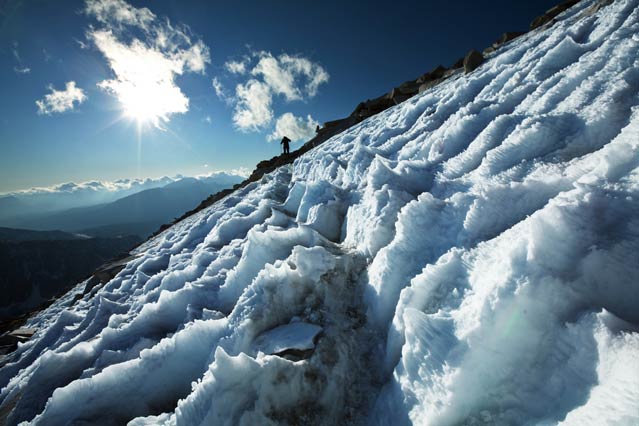
In 1982, when the British duo Peter Boardman, a climbing instructor, and Joe Tasker, a former seminar student, set out to tackle the Pinnacles, a fearsome triad of shark’s teeth jutting out of Everest’s Northeast Ridge at nearly 26,000 feet, they were two of the most promising alpinists the sport had ever seen. They championed and advanced a stringent alpine-style approach in the mountains, now de rigueur among hardcore climbers. Despite the seriousness with which they approached climbing, they had a wry sense of humor and were known to keep life at Base Camp light and fun. On May 17, the pair left their high camp on the Northeast Ridge, and, after 14 hours of climbing above 8,000 meters, were enveloped in darkness. It would never be clear what happened after that. In 1992, a team of Kazak climbers discovered Boardman’s body, “sitting peacefully” near the base of the Second Pinnacle. Joe Tasker was never seen again.
6. The Icefall Tragedy
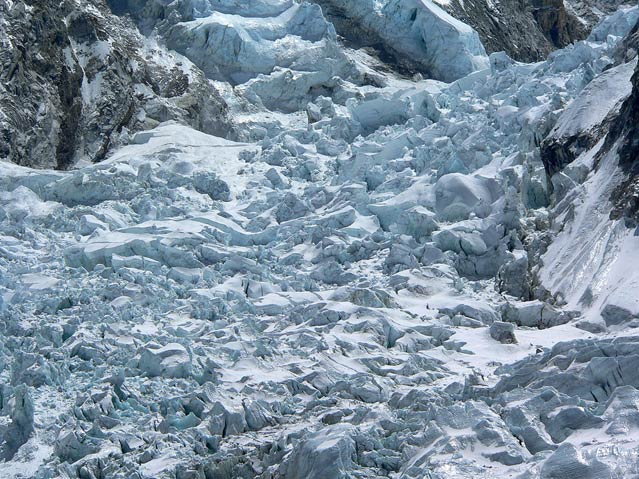
The year 1970 was a busy one on the mountain. Several large expeditions were stationed on the south side, including a Japanese ski expedition starring Yuichiro Miura. This meant upwards of 150 people would have to pass through the Khumbu Icefall, the ever-shifting river of ice that has become one of the most dreaded and lethal features on the route. On April 5, a large avalanche swept into the Icefall, hitting sherpas from the ski expedition. Six were lost. It was the worst tragedy to befall that sherpa community since the 1922 British expedition, and it underscored just how dangerous the work they were doing really was.
5. A Negligent Guide
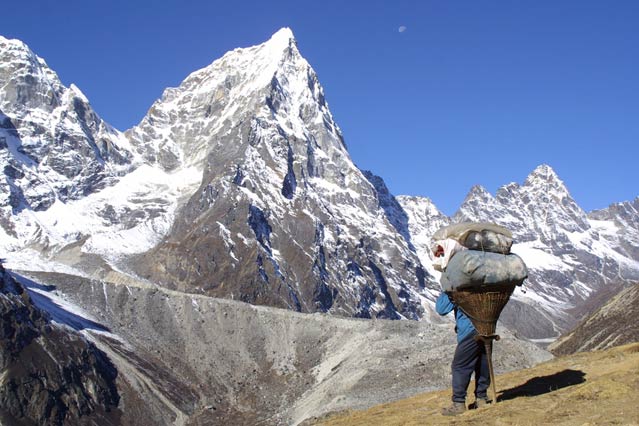
In May 2004, a 69-year-old pathologist from Alexandria, Virginia, reached the summit of Everest via the Southeast Ridge. It had been a long, arduous climb, and Nils Antezana had hired a guide named Gustavo Lisi to help him. But on the way down, Antezena became disoriented, perhaps suffering from the onset of cerebral edema, and collapsed near The Balcony, several hundred feet above the highest camp. Though two sherpas attempted to revive him, they, and Lisi, eventually left the doctor in the snow and continued to camp. Lisi, who claimed he was “dead tired,” failed to inform anyone else at Camp 4 of his client’s condition. When climbers ascended the ridge the next morning, Antezena had vanished. While the guide-client relationship on Everest has endured scrutiny and skepticism, this was one of the first instances where the accusations went beyond mere negligence to claim criminal behavior. An investigation from the family finally petered out, but Lisi’s reputation was ruined, and the story has cast a pall over commercial climbing on Everest ever since.
4. A Deadly Descent
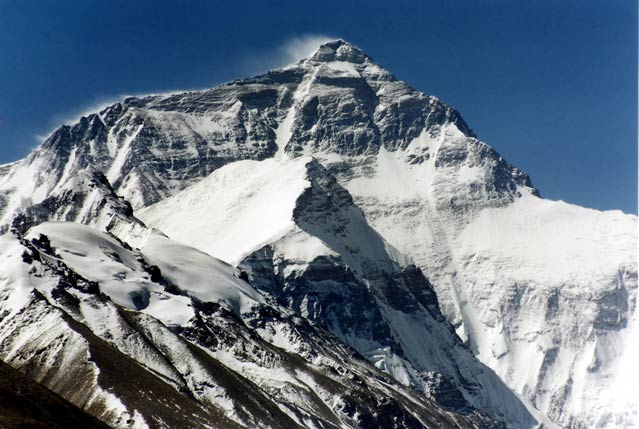
In 1998, at age 41, Hawaiian-born Francys Arsentiev became the first American woman to reach the top of Everest without supplemental oxygen. She had ascended via the Northeast Ridge with her husband, Sergei, but the climb had taken its toll. On the way down, in the dark, the pair became separated. When Francys did not show up at the first camp, Sergei, who believed his wife had been ahead of him, gathered oxygen and medication, and set back up the ridge at first light to find her. The next 48 hours were grim, even by Everest standards. An Uzbek team encountered Arsientiev, frost-bitten and half-conscious, high on the North Face. They spent an hour trying to revive and momave her but eventually left.
A similar incident occurred when Cathy O’Dowd and Ian Woodall encountered Arsientiev as they ascended. Again, attempts to revive her failed, though she was still alive. By the third day, climbers passing by reported that Arsentiev had died. Nearby was a rope and ice ax, belonging to Sergei—but no Sergei. His body was found years later, lower on the North Face, apparently having fallen to his death attempting to save his wife.
3. A Lone Climber Is Left to Die
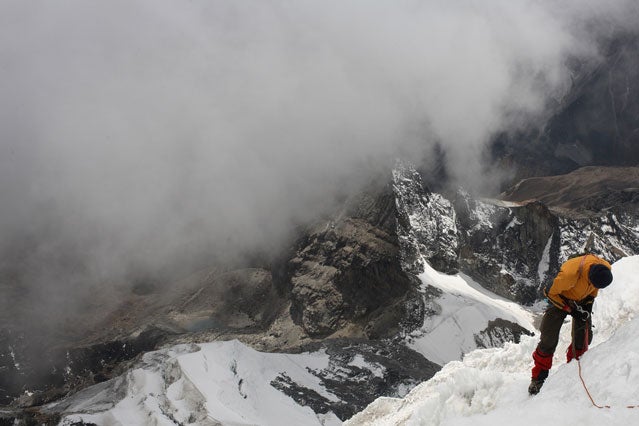
In 2006, a lone British climber named David Sharp become the focus of one of the most intense and protracted controversies in Everest’s history. Early on the morning of May 14, Sharp was discovered near comatose in a small alcove high on the Northeast Ridge. He had been climbing solo, only loosely affiliated with a low-budget expedition of independent mountaineers. Thus, no one reported him missing, and it took several days before anyone could even figure out who the climber was. But his identity would make no difference; Sharp would not survive, even though he was passed by an estimated 40-plus climbers that day, only a few of whom attempted to revive and move him.
The incident appeared even worse a week later when the Australian climber Lincoln Hall was rescued under what appeared to be similar circumstances. Could more have been done to save Sharp? Should more have been done? Did other climbers have a moral obligation to help a stranger who seemed closer to death than life? The media chaffed and roared, pointing fingers, leveling blame at the big-money expeditions that walked past the Briton. But like many things, the account was full of complicated details and deeper explanations. In the end, Sharp would become the fallen protagonist of one of Everest’s
2. Mallory and Irvine Disappear
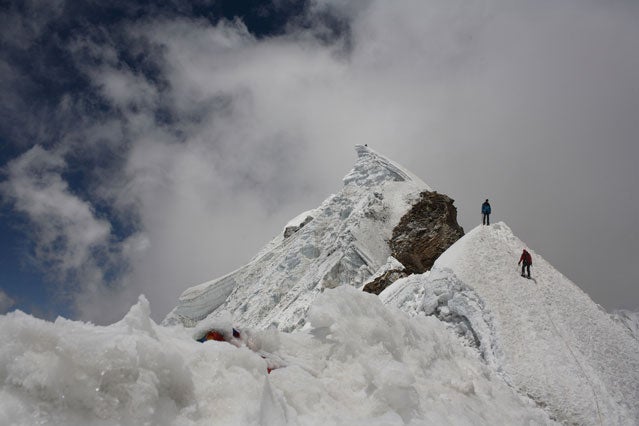
The 1924 Everest expedition seemed full of promise. It was George Mallory’s third trip, and he believed he’d deciphered much of the route; the summit was indeed within his grasp. He was determined and didn’t want to come back again. What his climbing partner, Andrew “Sandy” Irvine, lacked in experience he made up for in raw athleticism and mechanical skill (he was an expert with the oxygen system). The pair was last seen on June 8, around 1 p.m., by Noel Odell, a teammate who had climbed partway up the North Face and, during a break in the clouds, observed, “none other than Mallory and Irvine … moving expeditiously” toward the summit before the clouds closed back in.
Mallory’s body was found in 1999, prostrate and well-preserved high on the North Face, broken bones indicated a lethal fall. Irvine has never been discovered. Nor, perhaps most tantalizing, has the Kodak Vestpocket camera the two men are known to have had with them. Although many experts seem to conclude that the chance Mallory and Irvine reached the summit is slim, the mystery endures—as do periodic searches for the camera and the further clues it might contain.
1. 1996
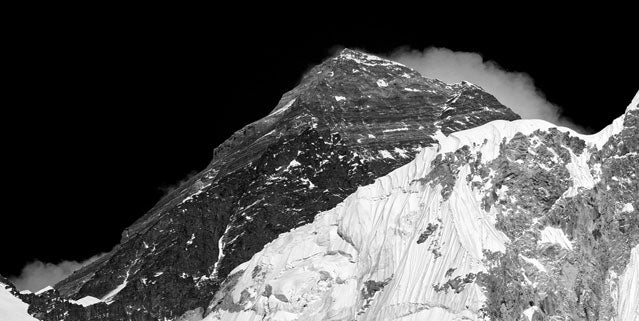
The statistics alone—eight dead in a single storm, including a guide and two expedition leaders; 12 total for the season—distinguish 1996 as Everest’s single worst year. The story has been told and by many different participants and from various perspectives, bringing more light to this horrific episode in Everest’s history than almost any other, including the early British expeditions. The conclusions, particularly those by , who had been on assignment for ���ϳԹ��� at the time, weren’t positive: commercial competition and overcrowding on the upper mountain had been the root of serious problems, and many deaths. And it was a dramatic wake-up call for those who sought to ply their business on Everest.
The upshot is that many expeditions now report numerous improvements in the wake of that dismal season. Communication has become more consistent and reliable, there is generally more cooperation among the outfitters, and infrastructure continues to improve from Base Camp to the summit. This, of course, doesn’t rule out future problems, even another large disaster. But the most serious professionals on Everest these days appear to be working hard to prevent it.


